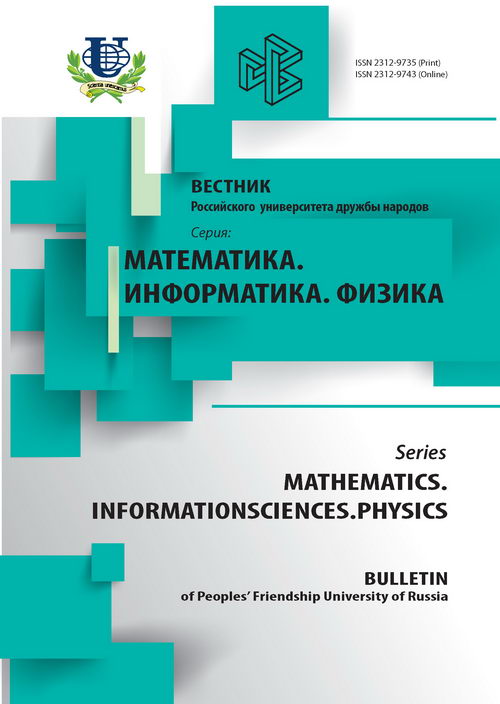GEANT4 Code Application for Radiation Environment Prediction at the NICA Complex
- Authors: Timoshenko GN.1, Paraipan MM.2
-
Affiliations:
- Joint Institute for Nuclear Research
- Institute of Space Research
- Issue: No 3.2 (2010)
- Pages: 115-122
- Section: Articles
- URL: https://journals.rudn.ru/miph/article/view/8517
Cite item
Full Text
Abstract
The operation of a high-energy ion facility provokes secondary radiation along an accelerator ring and especially at the local sites of maximum beam losses (outlet devices, targets, and beam dumps). An essential condition for the commissioning of a relativistic heavy ion accelerator is appropriate radiation shielding for every radiation element of the complex. The shielding design is connected with two crucial problems: the estimation of the source term and the prognostication of the neutron fluence and equivalent dose distributions around the shielding.
As regards the first problem, the experimental data on the double differential cross section and secondary neutron production in thick targets for a primary uranium beam with the energy of several GeV/n are practically lacking. Few Monte Carlo multipurpose codes able to simulate the uranium ion interaction with, and transport into, the matter are now available. A comparison of FLUKA, GEAT4, and SHIELD simulations with unique experimental data on neutron production in a 1GeV/n 238U beam interaction with a thick Fe target was performed to find the most suitable code. As a result, the GEANT4 code was chosen to carry out a simulation of the NICA (Nuclotron-Based Ion Facility at JINR) complex radiation shielding. Forming the secondary radiation field inside and behind the ordinary concrete shielding was analyzed as well. Some regularities of the secondary neutron field generation in a 4.5 GeV/n uranium beam interaction with thick targets are discussed.
As concerns the second problem, it was found that the crucial point determining the NICA shielding design is that the yearly equivalent dose at the border of the Laboratory site must not exceed 1 mSv. The radiation situation at long distances from NICA will be formed by neutrons which escaped from the shielding of the NICA radiation sources and were then multiscattered in the air and ground ("skyshine" neutrons). The GEANT4 calculations of the "skyshine" neutron radial distributions around all the elements of the NICA complex were carried out, and guidelines for the shielding construction were worked out for different operation modes of the complex.
As regards the first problem, the experimental data on the double differential cross section and secondary neutron production in thick targets for a primary uranium beam with the energy of several GeV/n are practically lacking. Few Monte Carlo multipurpose codes able to simulate the uranium ion interaction with, and transport into, the matter are now available. A comparison of FLUKA, GEAT4, and SHIELD simulations with unique experimental data on neutron production in a 1GeV/n 238U beam interaction with a thick Fe target was performed to find the most suitable code. As a result, the GEANT4 code was chosen to carry out a simulation of the NICA (Nuclotron-Based Ion Facility at JINR) complex radiation shielding. Forming the secondary radiation field inside and behind the ordinary concrete shielding was analyzed as well. Some regularities of the secondary neutron field generation in a 4.5 GeV/n uranium beam interaction with thick targets are discussed.
As concerns the second problem, it was found that the crucial point determining the NICA shielding design is that the yearly equivalent dose at the border of the Laboratory site must not exceed 1 mSv. The radiation situation at long distances from NICA will be formed by neutrons which escaped from the shielding of the NICA radiation sources and were then multiscattered in the air and ground ("skyshine" neutrons). The GEANT4 calculations of the "skyshine" neutron radial distributions around all the elements of the NICA complex were carried out, and guidelines for the shielding construction were worked out for different operation modes of the complex.
About the authors
G Nikolaevich Timoshenko
Joint Institute for Nuclear Research
Email: tim@jinr.ru
Лаборатория радиационной биологии; Объединённый институт ядерных исследований; Joint Institute for Nuclear Research
M Mariya Paraipan
Institute of Space Research
Email: mparaipan@sunhe.jinr.ru
Institute of Space Research
References
















